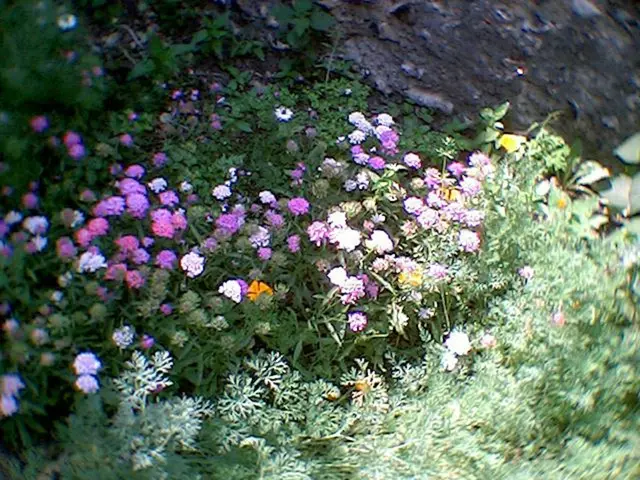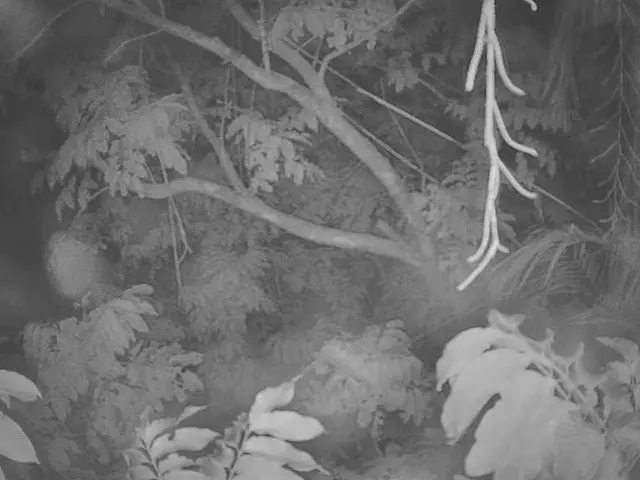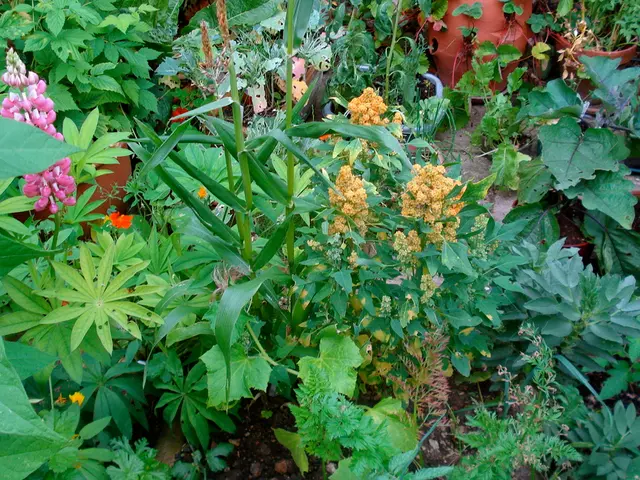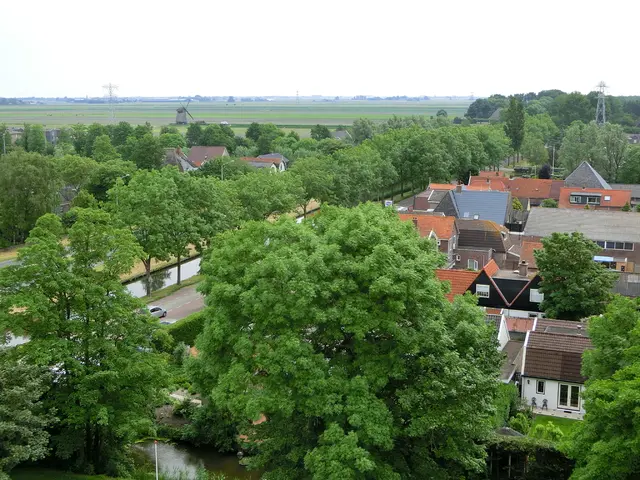Dealing with Powdery Mildew on Roses: A Practical Guide
Addressing Powdery Mildew on Roses: Recognizing Signs & Discovering Treatment Methods
Got a garden filled with beautiful roses? Then you've probably encountered that annoying, powdery substance on your plant leaves, stems, and buds at some point. It's none other than powdery mildew, caused by the fungus Sphaerotheca pannosa var. rosae. Here's a breakdown of what it is, how to spot it, and what to do about it.
Powdery mildew is a common rose problem, and it thrives especially in humid climates or damp environments. This fungal disease can weaken the plant and impact flowering, so don't ignore it - act quickly to prevent its spread.
Whether you're just starting out with roses or you're an experienced gardener, this irritating disease can attack your roses at any time. If you think you're looking at powdery mildew on your roses, take a few minutes to learn about why it's there and what solutions are available.
What Causes Powdery Mildew on Roses?
Powdery mildew is caused by fungal spores. These spores overwinter in the soil and can come from left-over infected leaves or stems, mycelium in the ground, or wind-blown spores landing on plant parts. The disease attacks stems, leaves, and flower parts when temperatures are around 68°F (20°C) and humidity is high.
Symptoms of Powdery Mildew on Roses
Powdery mildew looks a lot like its name - like a fine, soft powder on your plant. Stems will be coated in fluffy, white stuff. Leaves and buds will have ashy white powder on their surface. If not treated, rose powdery mildew will attack the rose buds, stunting and disfiguring them, and preventing them from opening. Eventually, the stems distort, leaves die and fall, and the overall health of the plant suffers. It can and will spread to other nearby plants.
Dealing with Powdery Mildew on Roses
Powdery mildew is treatable, and both organic and synthetic treatments are available:
Organic Treatment Options
- Remove Affected Parts: Remove affected leaves and dead or decaying material around the base of the plant.
- Pruning: Prune bushy growth to improve circulation and give your roses room to breathe.
- Neem Oil: Use neem oil diluted in water (about 2 tablespoons per gallon of water) and spray on affected areas to treat the disease.
- Baking Soda Solution: Mix baking soda with water (typically 1 teaspoon per quart) and create a spray to help reduce mildew.
Synthetic Treatment Options
- Sulfur Fungicides: Sulfur-based fungicides (either as a powder or a spray) are commonly used to treat powdery mildew on roses, but should not be applied to plants when temperatures are above 85°F (30°C) as they may harm the plants.
- Disease-resistant Varieties: Choose rose varieties that are known to be resistant to powdery mildew.
Preventing Powdery Mildew on Roses
- End-of-Season Hygiene: At the end of the season, rake up any dropped leaves and remove infected stems to eliminate overwintering sites for mildew.
- Planting for Better Airflow: Position roses in a sunny spot and space them far enough apart to give them plenty of air circulation.
- Gentle Watering: Water at soil level early in the day to keep foliage dry at night.
- Selecting Resistant Varieties: Choose rose varieties that are known to be resistant to powdery mildew.
- Regular Monitoring: Regularly inspect rose bushes for signs of mildew to catch it early.
- Maintaining good home-and-garden practices, such as removing infected parts and improving airflow, can help prevent the spread of powdery mildew on roses.
- Apart from using organic treatments like neem oil and baking soda solution, one can also opt for synthetic treatments like sulfur fungicides to combat powdery mildew in the home-and-garden lifestyle, especially when dealing with roses.








